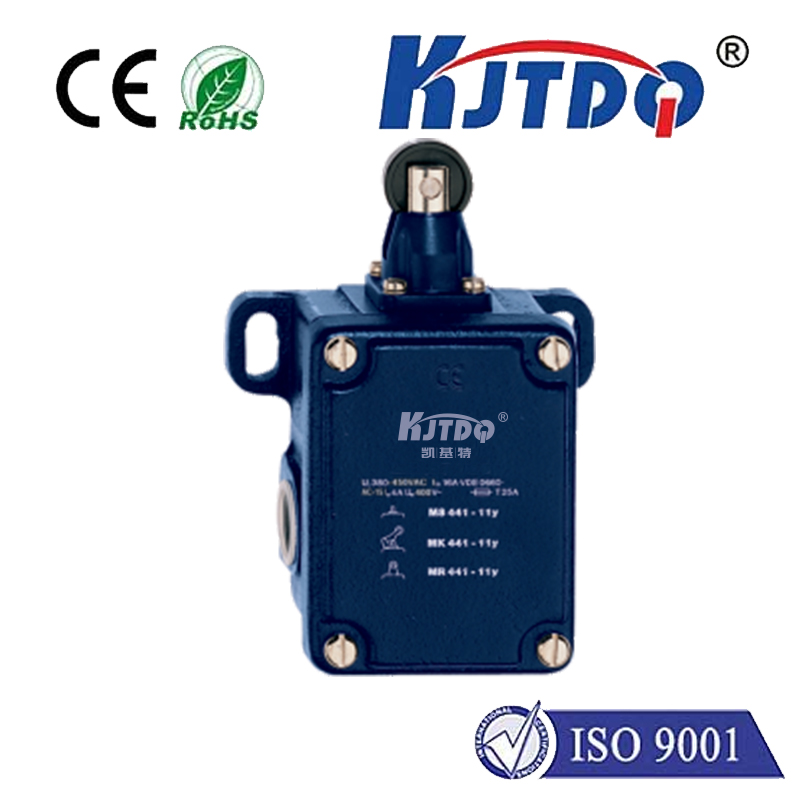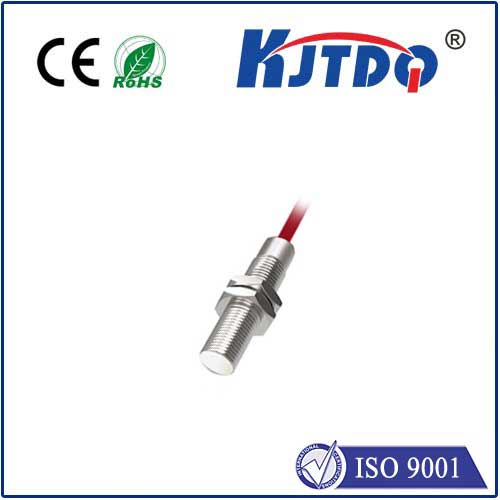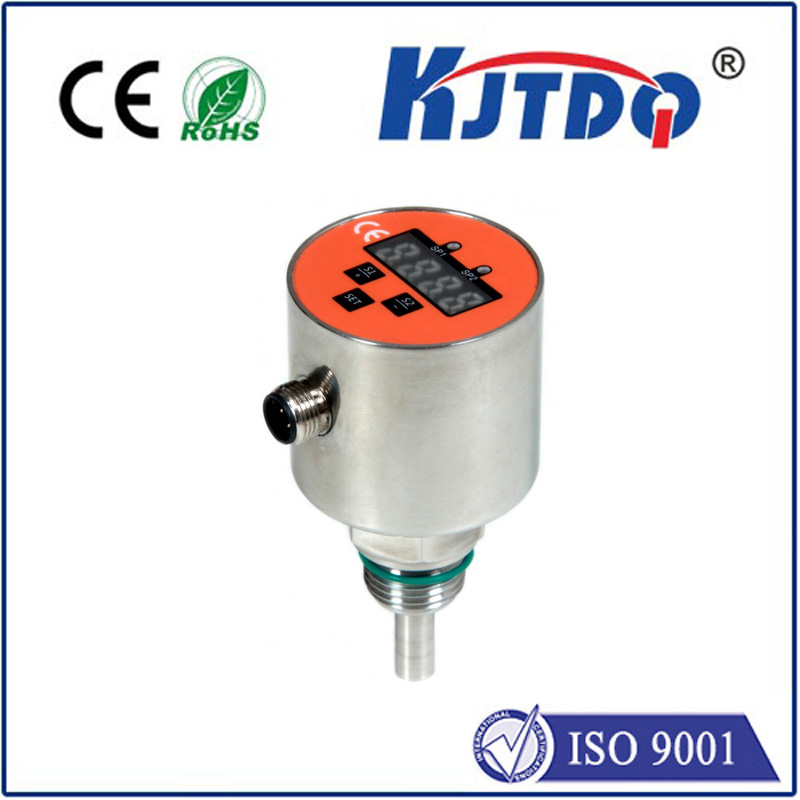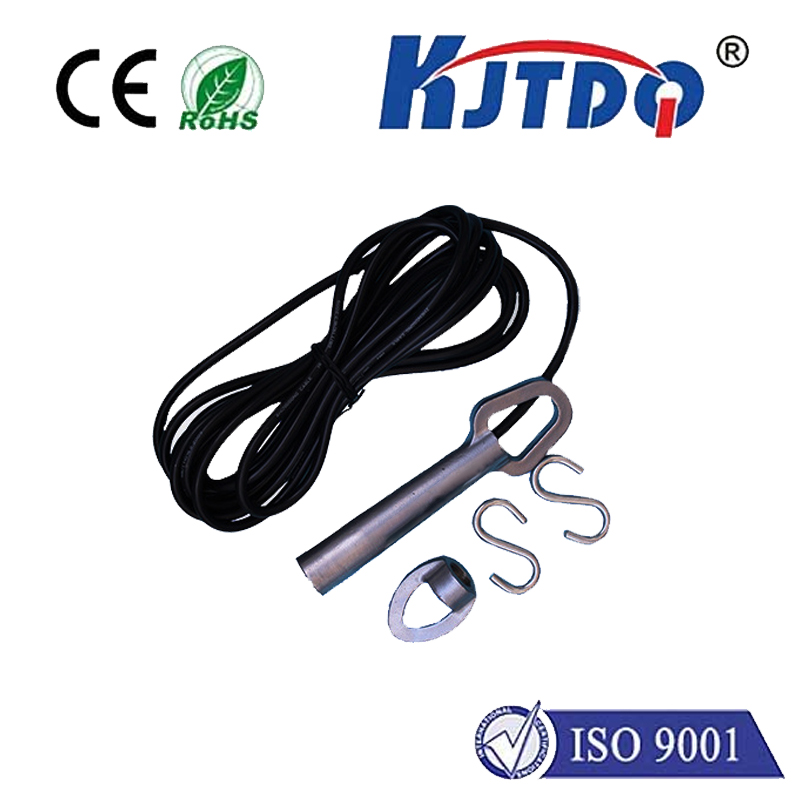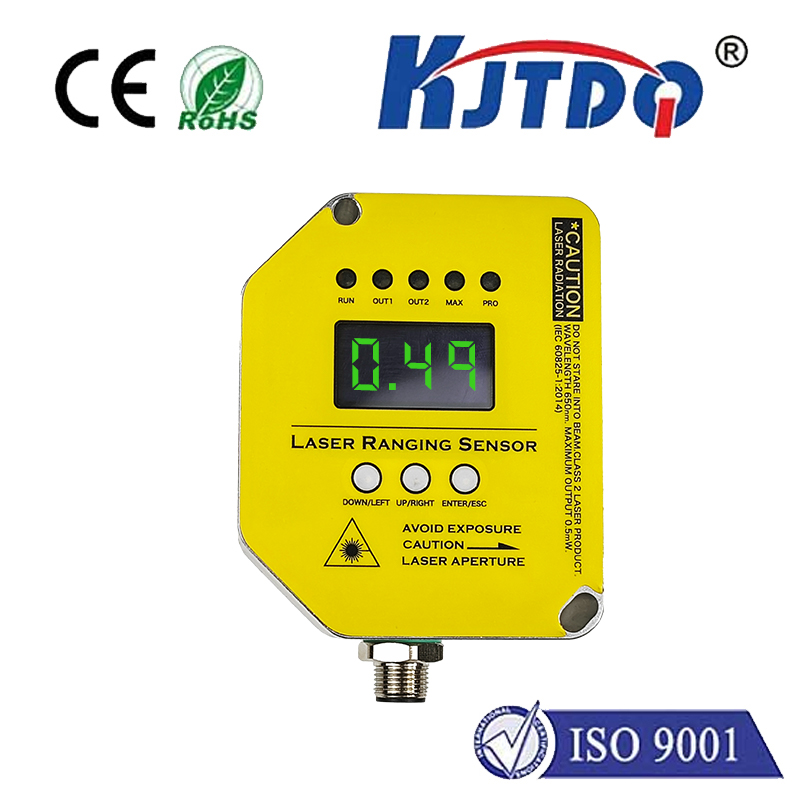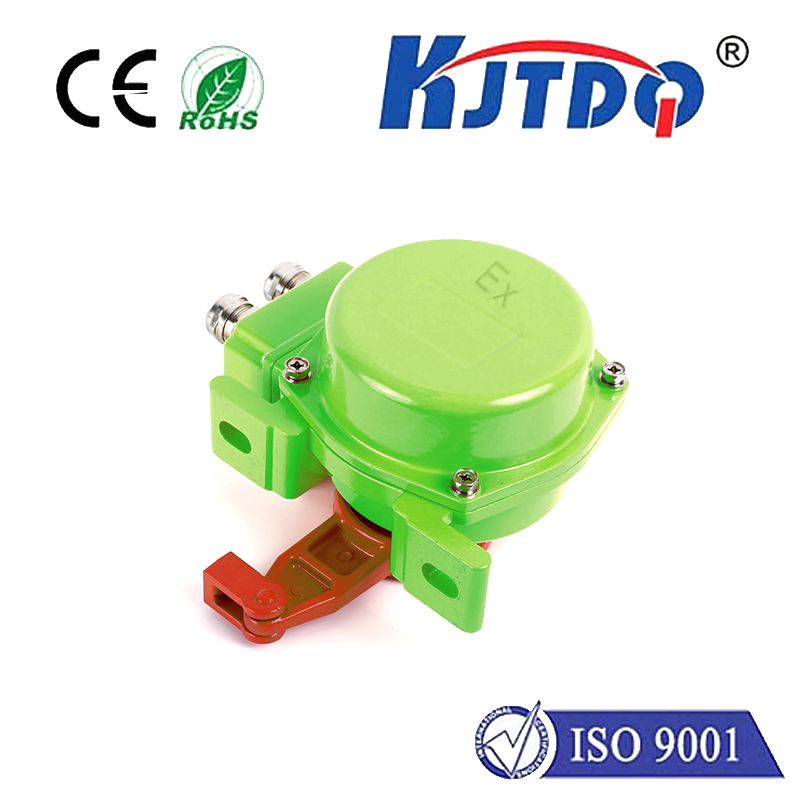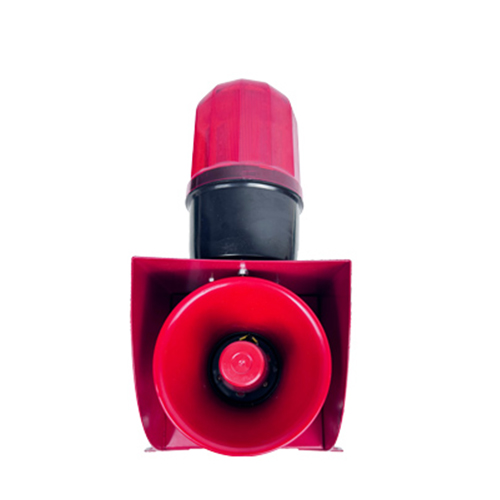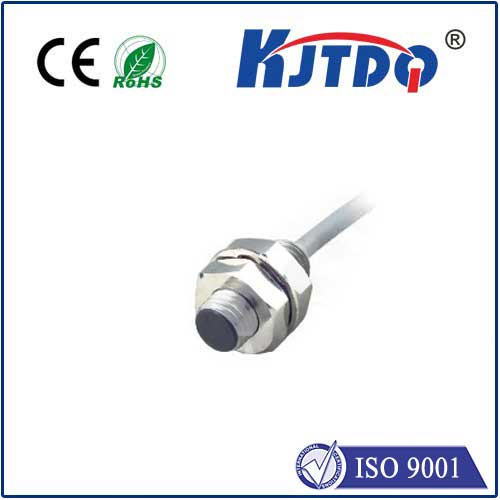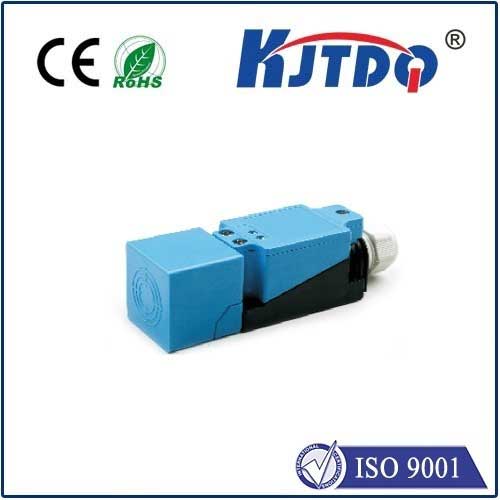

check

check

check

check
Imagine a manufacturing line where robotic arms glide seamlessly to exact positions, stopping precisely without any physical collision. This flawless motion isn’t magic—it’s powered by a tiny, unsung hero: the magnetic limit switch sensor. From elevators halting at your floor to conveyor belts in factories, these sensors are the silent guardians of safety and accuracy. In this guide, we’ll dive deep into what magnetic limit switch sensors are, how they work, and why they’re transforming industries worldwide. Forget complex jargon—we’ll break it down simply, helping you leverage their power for smarter automation.
So, what exactly is a magnetic limit switch sensor? At its core, this device is a non-contact sensing solution that detects the presence or absence of an object using magnetic fields. Picture a small switch containing a reed switch—a glass tube with metal contacts—paired with a magnet. When the magnet moves close enough (typically within a few millimeters), the magnetic field triggers the reed switch to open or close, signaling a limit or position change. This avoids physical wear, making them ideal for harsh environments where dirt or vibration could jam traditional mechanical switches. Their non-contact nature is a game-changer, ensuring long-lasting performance with minimal maintenance.

Now, let’s unpack how magnetic limit switch sensors function in real-world applications. The process starts with the reed switch embedded in the sensor housing. When a target magnet approaches, the magnetic field forces the contacts inside the reed switch to snap together (for normally open switches) or apart (for normally closed). This instantly sends an electrical signal to a control system, like a PLC (Programmable Logic Controller), which then triggers actions such as stopping machinery or activating alarms. Unlike optical sensors, which can be fooled by dust or light interference, magnetic versions rely solely on magnetism—making them highly reliable in dirty, dusty, or wet settings. Common setups include mounting the sensor on a stationary part and attaching the magnet to a moving component, like a door slide or robotic arm. For instance, in elevator systems, these sensors ensure doors open and close smoothly right at the platform, preventing overshoots that could cause accidents.
Why are magnetic limit switch sensors so popular across industries? Their advantages shine in scenarios demanding precision and durability. First, the lack of physical contact eliminates friction and wear, slashing replacement costs and downtime—a huge win in high-volume production lines. Second, they operate reliably in extreme conditions, such as temperatures from -40°C to +150°C or submerged environments, thanks to sealed housings. This ruggedness is why you’ll find them in automotive assembly plants, where they monitor robotic welders, or in packaging machines that need to stop precisely at filling points. Another key benefit? Energy efficiency. Since they consume minimal power only during activation, they’re perfect for battery-operated devices like smart home systems or solar-powered gates. Plus, with no moving parts, they outlast alternatives like mechanical limit switches by years, offering incredible ROI. For engineers and designers, this translates to simpler designs and fewer headaches.
Of course, not all magnetic limit switch sensors are created equal. Choosing the right one depends on your specific needs to avoid costly errors. Start by evaluating the operating environment—consider factors like temperature ranges, presence of corrosive chemicals, or potential electromagnetic interference. For example, in food processing plants with frequent washdowns, opt for IP67-rated (water-resistant) sensors to prevent failures. Next, match the sensor to your voltage and current requirements; standard models handle 5-240V DC/AC, but high-current versions suit heavy machinery like cranes. Also, think about the sensing distance: while most sensors detect within 5-20mm, adjustable or long-range variants are available for larger movements. Key questions to ask include: Do you need normally open or closed configurations? What’s the required lifespan? By answering these, you’ll home in on a sensor that enhances safety without overcomplicating installations. Consulting manufacturer datasheets can save time, as they detail specs like switching speed (often under 1ms) for rapid-response tasks.
Integrating magnetic limit switch sensors into your systems is straightforward, but a few best practices ensure peak performance. Always align the magnet and sensor carefully—even small misalignments can cause false triggers. For vibration-prone areas, use shock-absorbing mounts or sensors with built-in dampening. Regular checks every six months can catch issues early, like magnet degradation in high-heat zones, though their solid-state design means maintenance is rare. In essence, these sensors bring plug-and-play simplicity to complex automation. Whether you’re retrofitting an old plant or designing a new smart factory, they offer a cost-effective path to error-free operations.
As industries evolve toward Industry 4.0, magnetic limit switch sensors are proving indispensable. Their blend of reliability, affordability, and adaptability makes them foundational to innovations like IoT-enabled monitoring, where real-time position data feeds into predictive maintenance systems. With advancements in miniaturization and wireless capabilities, expect them to become even more versatile, from medical equipment to renewable energy setups. So, the next time you witness a machine halting perfectly on cue, remember the magnetic limit switch sensor—working quietly but powerfully behind the scenes.
